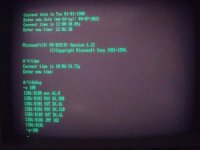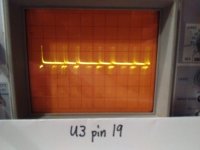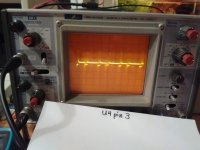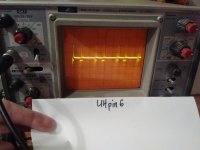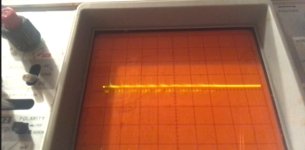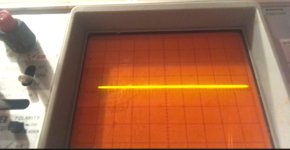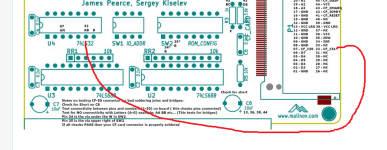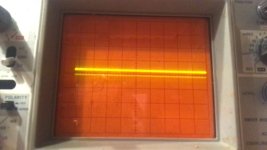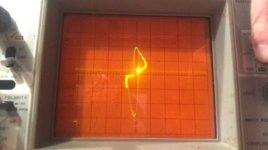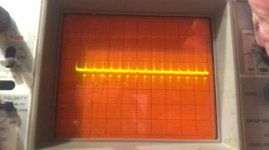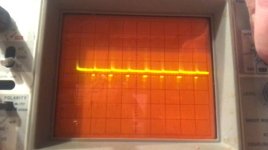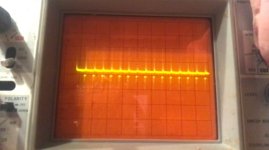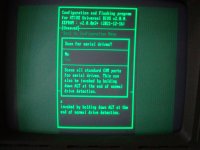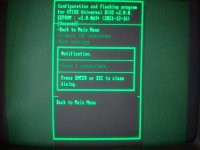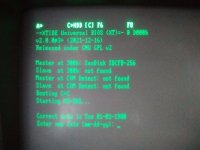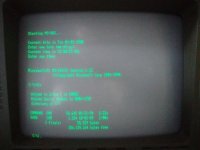What do you think made the XTIDE board finally recognize the CF cards?
You had three symptoms:
1. XUB not displaying the model information of the attached CF card.
2. The 'Auto Configure' functionality of XTIDECFG reporting "Found 0 controllers."
3. Cannot boot from A: if the XT-CF-Lite's EEPROM is enabled.
Symptom #1
Earlier, in experimentation, I disabled /CS1 by disconnecting pin 6 of U4 (i.e. /CS1 could then ever be asserted). But that did not show symptom #1. But just now, I simulated the 'pin 1 of U5' soldering problem you had - I instead disconnected pin 1 of U5. That showed symptom #1. That explains why initially (kit [including pre-populated EEPROM] just built, but pin 1 of U5 unsoldered), the symptom was seen.
Later, you soldered pin 1 of U5, but symptom #1 was still seen. But at that point, something else was causing the symptom: You had upgraded the XUB to release R622, and your attempts to use the 'Auto Configure' functionality of XTIDECFG resulted in "Found 0 controllers." (symptom #2). It turns out that when that happens, the XTIDECFG in R5622 sets the 'Device type' setting in the XUB to one of the "16-bit" values, which doesn't work for the XT-CF-Lite.
Symptom #2
Again, caused by the 'pin 1 of U5' soldering problem. Proved it myself on my XT-CF-Lite by disconnecting pin 1 of U5.
Symptom #3
Your "
Pressing A at the XTIDE BIOS screen queues the BIOS to boot using drive A." implies that the symptom has gone.

